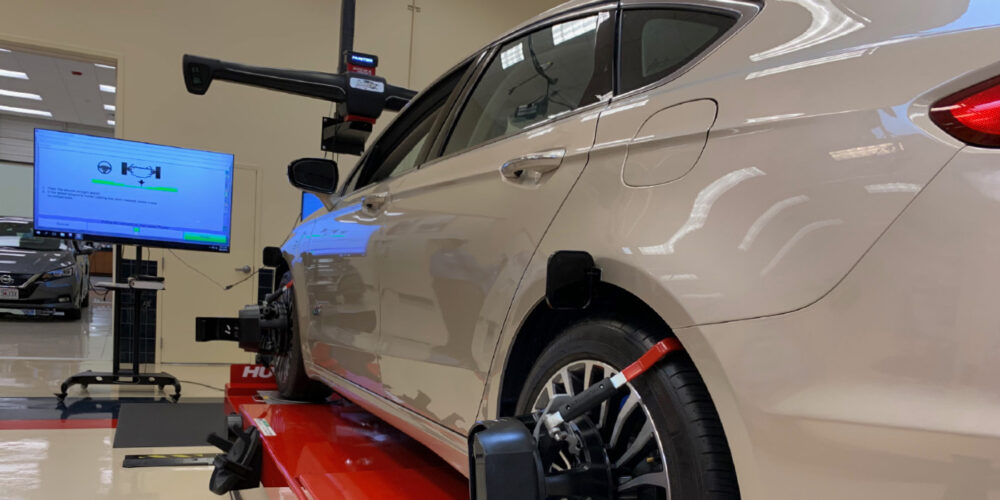The same two-wire CCD BUS that Chrysler has been using for years on its cars is now being used on Jeeps and trucks, giving today’s Jeep Wrangler a new level of sophistication.
On these vehicles, the BUS bias voltage is produced by the printed circuit board or instrument cluster. As with all CCD BUS circuits, the wires are twisted together in the wiring harness with 2.5 volts on each wire. Some manuals show BUS + or BUS – for each wire, but both wires have 2.5+ volts on them, so be sure to check each wire individually to ground with a DVOM. A range of 2.3 to 2.6 volts is normal, though it may vary a bit when the system is awake.
If the instrument cluster doesn’t work, first determine which gauges don’t operate or if the whole cluster is down. I like to start testing with the printed circuit board self test.
Check your manual for the proper procedure, as they may vary somewhat.
1. Put the key in the unlock position, the next position up from lock. (Lock is where you can remove the key.)
2. Depress and hold the trip reset button and turn the key to the on position, but do not start the engine.
3. Release the trip reset button and the tests should start.
4. All the gauges and related lights will operate through their paces in two-second intervals. If none of the gauges operate, check the powers and grounds at the instrument cluster. You’ll need to rerun the test if you missed any gauges. If any of the gauges don’t actuate, then the instrument cluster is defective.
If all the gauges appear to work normally with the self-test, move on to the BUS operation from the data link connector (DLC) under the dash. Check for the 2.5 volts on each wire. If the voltage is off on one or both wires, unhook modules on the BUS one at a time while monitoring BUS voltage. When the voltage returns to normal, you’ve found your culprit. If all the modules are unplugged and the BUS voltage is still off, separate the connector near the instrument cluster to test the BUS voltage straight out of the printed circuit board. If the voltage returns to normal, there’s a problem with the wiring harness. If it doesn’t, a bad instrument cluster is the problem.
Written by Michael Brown, IDENTIFIX DaimlerChrysler, Mitsubishi, Hyundai Specialist. He is certified ASE Master + L1. He has 22 years of diagnostic and repair experience.
For more information, visit www.identifix.com.











